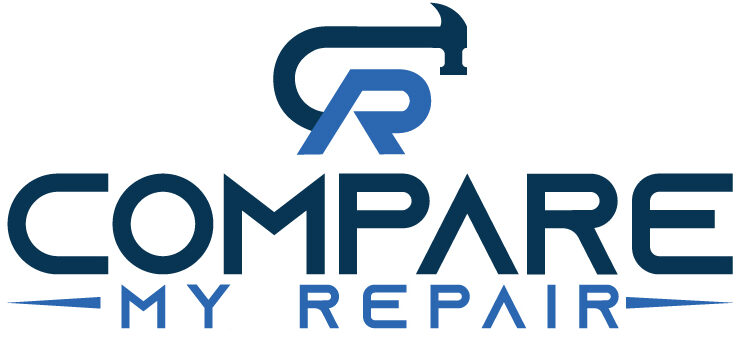A well-maintained chimney is essential for the safety and efficiency of your fireplace or wood-burning stove. Regular chimney repair and maintenance can prevent potential hazards such as chimney fires, carbon monoxide leaks, and structural damage. In this blog, we will discuss some important tips for chimney repair and maintenance to ensure that your chimney functions properly and safely.
Annual Chimney Inspection:
It is crucial to have your chimney inspected by a professional at least once a year. A professional chimney sweep will thoroughly examine your chimney for any signs of damage, blockages, or creosote buildup. They can detect issues that may not be visible to the untrained eye and recommend the necessary repairs or maintenance. Regular inspections help identify potential problems early on, preventing them from escalating into more significant issues.
Regular Cleaning:
Creosote, a byproduct of burning wood, can accumulate inside your chimney and pose a fire hazard. Regular cleaning is essential to remove creosote buildup and any other debris, such as leaves or animal nests, that may obstruct the chimney flue. While you can clean the fireplace or stove area yourself, it is recommended to hire a professional chimney sweep for a thorough cleaning of the chimney. They have the expertise and tools to safely remove creosote and ensure that your chimney is clear and functioning properly.
Repair Cracks and Damage:
Over time, the mortar between the bricks or stone in your chimney may deteriorate, leading to cracks or gaps. These openings can allow water to penetrate the chimney, leading to further damage. It is important to repair any cracks or damage promptly to prevent water infiltration and structural issues. Hire a professional chimney repair specialist who can assess the extent of the damage and perform the necessary repairs. They can also apply a waterproof sealant to protect the chimney from future water damage.
Install a Chimney Cap and Screen:
A chimney cap is a metal cover that sits on top of your chimney. It serves as a barrier against rain, snow, debris, and animals entering the chimney. Installing a chimney cap can prevent water damage, blockages, and nesting animals, which can cause significant damage to your chimney system. Additionally, consider installing a chimney screen to keep birds, squirrels, and other animals from entering the chimney. Regularly inspect and clean the cap and screen to ensure they are free from debris and in good condition.
Maintain Proper Airflow:
A chimney needs proper airflow to function efficiently and prevent the buildup of dangerous gases, such as carbon monoxide. Ensure that the damper is fully open when using the fireplace or stove to allow for proper ventilation. Additionally, keep the area around the chimney clear of any obstructions, such as overhanging tree branches or debris, that can impede airflow. Proper airflow promotes efficient combustion, reduces the risk of carbon monoxide buildup, and helps maintain a clean and healthy chimney system.
Conclusion:
Regular chimney repair and maintenance are essential for the safety, efficiency, and longevity of your chimney system. Schedule annual inspections by a professional chimney sweep, and clean the chimney regularly to remove creosote buildup and debris. Repair cracks and damage promptly to prevent water infiltration and structural issues. Install a chimney cap and screen to protect against water damage and nesting animals. Finally, ensure proper airflow by keeping the damper open and the chimney area clear of obstructions. By following these tips, you can enjoy a safe and efficient fireplace or wood-burning stove while prolonging the lifespan of your chimney.










